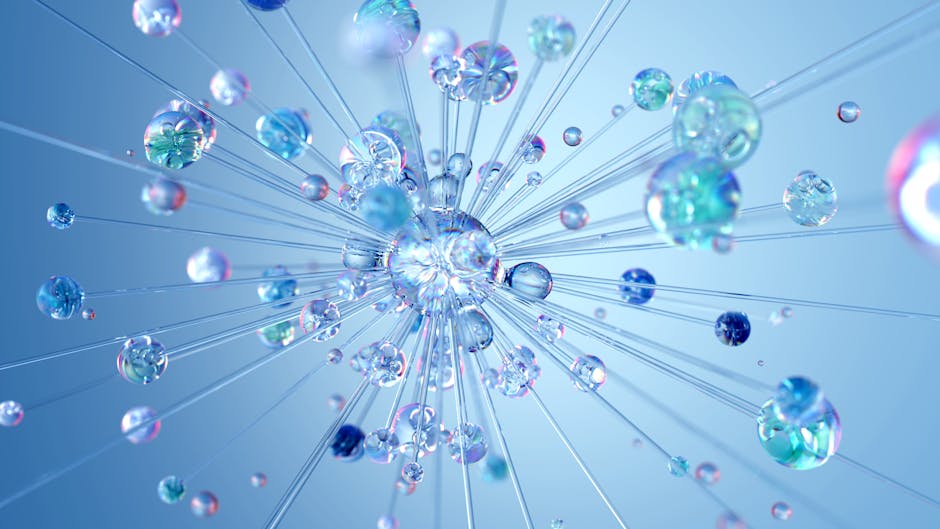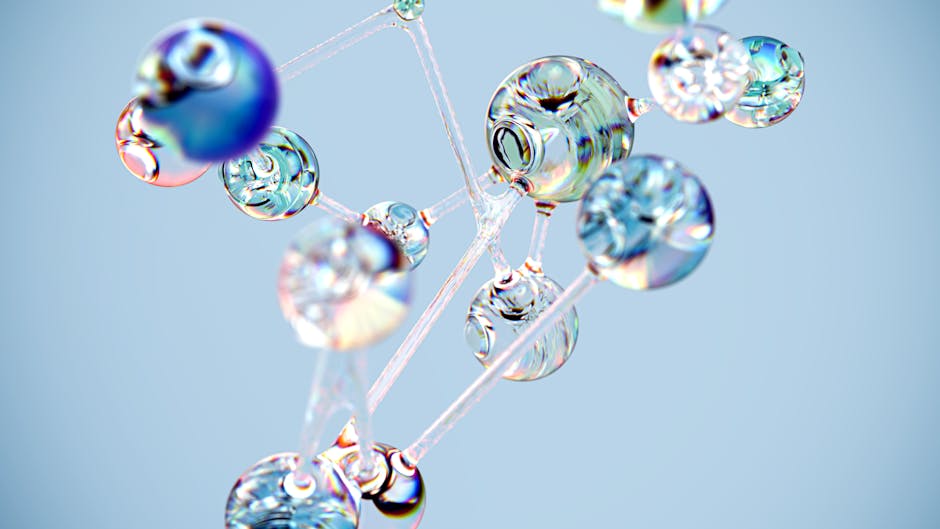Artificial intelligence reshapes how we perceive and create art. By integrating machine learning, neural networks, and advanced algorithms, AI presents new perspectives on creativity and artistic expression. This article will guide you through the different ways AI influences the art world, from generating new pieces to authenticating historical works.
Understanding AI in Art
Artificial intelligence (AI) is transforming our relationship with creativity. At its core are machine learning, neural networks, and advanced algorithms working in tandem.
Machine learning serves as the foundation, constantly learning from vast data like Renaissance paintings or digital graphics. It identifies patterns, styles, and structures, becoming capable of categorizing and generating new art pieces.
Neural networks are the artist's studio, mimicking the human brain's information processing. Convolutional neural networks (CNNs), for example, distinguish an impressionist landscape from a surrealist portrait by recognizing intricate details like color, texture, and form. This aids in classifying and authenticating artworks.
Generative Adversarial Networks (GANs) are like two artists in friendly competition. One generates images, while the other evaluates and refines them, producing breathtaking results like surreal dreamscapes or hyper-realistic portraits.
AI also enters the creative process as a collaborator. Style transfer allows artists to blend different stylistic elements effortlessly, combining influences like Picasso's abstraction and Van Gogh's expressive brushwork.
While AI can mimic and generate art, it doesn't grasp emotional depth or human experience. It represents a new medium, a tool extending human imagination rather than replacing it. Artists like Harold Cohen explored this frontier of computer-generated art, recognizing AI's limitations and potential.
Today, AI-art generators like DALL-E, Midjourney, and Runway ML harness these principles, creating sophisticated artworks from simple text prompts. NightCafe's community showcases AI's creative potential and limitations, reminding us that using algorithms without understanding them can lead to unpredictable results.
As AI continually evolves, it will further blend into the art world, driving new forms of expression and providing fresh perspectives for creators. It may never feel the brushstroke, but it can help us see art in ways we never imagined.

AI Techniques for Art Classification
The cornerstone of AI art classification is the convolutional neural network (CNN), a tool that revolutionizes how we interpret and categorize art.
CNNs analyze visual data through a series of layers, each learning to recognize more abstract features from basic edges to complex textures and forms. This allows them to distinguish between artistic styles and periods with remarkable precision, detecting intricate patterns that might elude even keen human eyes.
Other machine learning algorithms, like supervised learning models, build classifiers that can categorize artworks after being trained on vast labeled image databases. They not only classify by genre or style but can also identify specific artists with surprising accuracy.
These technologies dismantle barriers to art classification, enhancing authentication and provenance verification. Auction houses, galleries, and collectors can utilize AI to reduce forgery risks, making it a staple in art conservation efforts.
Beyond practical applications, AI techniques foster a deeper appreciation for art's intricacies. With automated systems analyzing vast collections, overlooked patterns and trends emerge, celebrating forgotten geniuses alongside well-known masters and democratizing art history.
While AI provides incredible accuracy, occasional "glitches" serve as reminders of the artistry central to human creativity, adding a poetic dimension to the dance between human intuition and computational logic.
As we navigate this intersection of technology and creativity, AI invites us to explore art deeper, challenging us to see more, understand more, and appreciate the fusion of tradition and innovation.
AI-Driven Art Creation
Art creation through AI is a modern alchemy, where pixels and code transform into vibrant canvases. Techniques like style transfer, Generative Adversarial Networks (GANs), and text-to-image synthesis fuel this sorcery, taking us on a fascinating journey into AI-driven creativity.
Style transfer allows images to metamorphose, balancing between the input content and the desired style. By identifying and replicating brushstrokes, color palettes, and textures of reference artworks, AI breathes new life into originals. Artists can explore stylistic combinations that push boundaries, producing innovative and mesmerizing results.
GANs are a dynamic duo in the AI art realm. One, the generator, creates images from scratch, while the other, the discriminator, critiques and evaluates, forcing the generator to improve. This tug-of-war results in the production of progressively convincing artworks, ranging from hyper-realistic portraits to otherworldly dreamscapes.
Text-to-image synthesis takes inspiration to a new level, enabling users to conjure visuals from mere words. Tools like DALL-E parse descriptive text prompts to generate intricate images, assembling elements into a coherent visual narrative that aligns with the given text.
Collectively, these AI techniques enable artists and non-artists alike to explore uncharted creative territories, providing a bridge between human intuition and machine precision. Each serves as both a tool and muse for the artist, offering fresh vistas while retaining the essence of personal expression.
Yet, as awe-inspiring as these technologies are, they don't supplant the soul-stirring nuances of human creativity. AI can guide and inspire, but the heart and spirit channeled into art remain intrinsically human. So, as we navigate this symbiotic space, let us celebrate each stroke, pixel, and algorithm as part of an evolving masterpiece painted by both human hands and synthetic minds.

Ethical and Practical Implications
With AI art generators' capabilities come profound ethical and practical implications. Questions about authorship, originality, and copyright loom large over AI-driven creativity. When an algorithm produces an artwork, who should be credited? The data scientists, developers, or the end-user who provided the text prompt? These questions strike at the heart of what it means to create and own art in the digital age.
Authorship transcends legalities—it touches the philosophical aspects of creativity. Traditionally, art is an intimate extension of its creator's thoughts, emotions, and perspective. Can an AI, devoid of consciousness and emotional experience, truly be considered an 'artist'?
The issue of originality is equally complex. AI models are trained on existing artworks, allowing them to generate pieces reminiscent of specific artists or styles, raising concerns about unintentional plagiarism and artistic integrity.
Copyright law faces unprecedented challenges when AI art emerges from a synthesis of countless copyrighted works. Regulatory frameworks are striving to keep pace, and legal battles are unfolding, potentially setting precedents.
Beyond ethical dilemmas, practical limitations persist. AI often struggles with consistent perspectives and intricate details across different contexts. While it can produce realistic images based on text, it falls short of generating seamless, coherent visuals across multiple views or angles.
Additionally, AI's current incapacity to fully grasp nuances in human communication means it may miss emotional or thematic marks, producing technically impressive but soulless images. Human artistic interpretation remains indispensable, infusing work with personal stories, cultural symbolism, and emotional depth that resonates profoundly.
Moreover, the artistic process involves more than producing a final image—it's a journey of exploration and discovery. AI can simulate certain aspects but lacks the intrinsic satisfaction and growth that come from overcoming creative challenges. It cannot replace the nuanced decision-making and problem-solving that skilled artists apply to bring a vision to life.
Hence, the practical application of AI in art should strike a balance between automation and human ingenuity, using AI as an enhancement rather than a replacement.
As we integrate these technologies, establishing clear guidelines and upholding the essence of artistic creativity becomes crucial. The dialogue between human and machine should be harmonious—each complementing the other, enriching our collective artistic heritage through a mindful amalgamation of traditional artistry and AI innovation.

Case Studies and Real-World Applications
One significant collaboration highlighting the fusion of AI and human creativity is Netflix's animated short film, "The Dog and the Boy," which employed AI-generated background art. The background art was created using algorithms trained on vast datasets of existing landscape paintings, allowing the animation to achieve a level of depth and texture previously unattainable without extensive human effort. This not only accelerated production but also opened a new dimension of visual storytelling.
In the realm of fine arts, AI's role in art authentication and valuation is both groundbreaking and essential. Auction houses and galleries have increasingly turned to AI to verify the authenticity of artworks. Convolutional Neural Networks (CNNs) can scrutinize brushstrokes, color palettes, and stylistic consistencies at a microscopic level. This technology has been instrumental in uncovering forgeries and ensuring the integrity of art collections.
AI has been instrumental in art restoration and conservation. Using AI, conservators could analyze the artwork's layers, detect previous restoration efforts, and understand the original composition's intentions. AI algorithms offered predictions about the original colors and structures, guiding restorers to carefully return the piece to its historical glory.
Entire galleries and exhibitions have embraced AI-driven curation. The Tate Gallery in London experimented with an AI curator named "Recognition," which matched 20th-century Tate artworks with photojournalism images based on visual similarity, themes, and composition. The result was an evocative parallel narrative that enriched the visitor's experience.
AI has made substantial strides in democratizing access to art education. Platforms like Google's Arts & Culture app leverage AI to offer detailed analyses and virtual tours of famous museums and galleries, inviting a deeper appreciation and understanding of artistic masterpieces.
In the commercial sphere, AI-generated art has found applications in product design and marketing. Companies have used AI to create unique promotional visuals and product prototypes, pushing creative boundaries while catering to contemporary tastes.
Art communities are flourishing with AI. The vibrant ecosystem around NightCafe allows users to explore and share their AI-generated creations, fostering a collaborative culture where human and machine creativity symbiotically thrive.
Students and educators have embraced AI tools to explore art history and experiment with new artistic techniques. These academic endeavors bridge traditional art education with technological innovation, preparing a new generation of artists who see AI as a companion in their creative journeys.
AI's role in art is multifaceted, enhancing human creativity rather than replacing it. As technology and tradition intersect, the future of art promises to be dynamic and evolving. The collaboration between human intuition and computational logic opens up new realms of visual fascination.
























